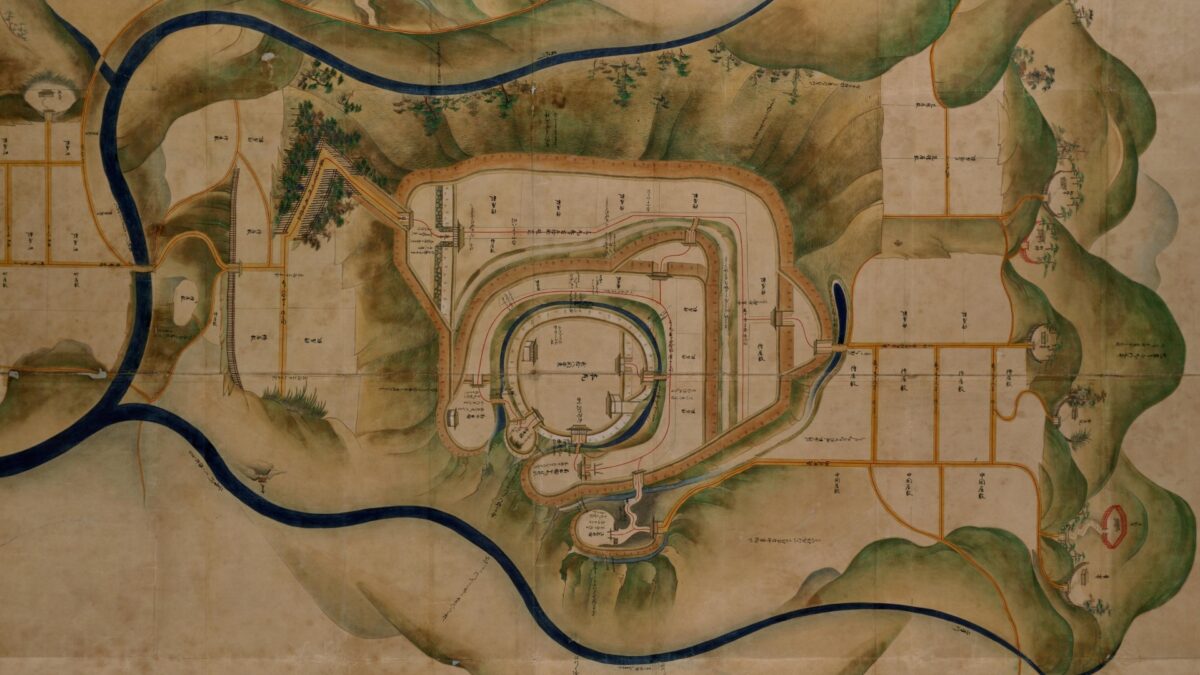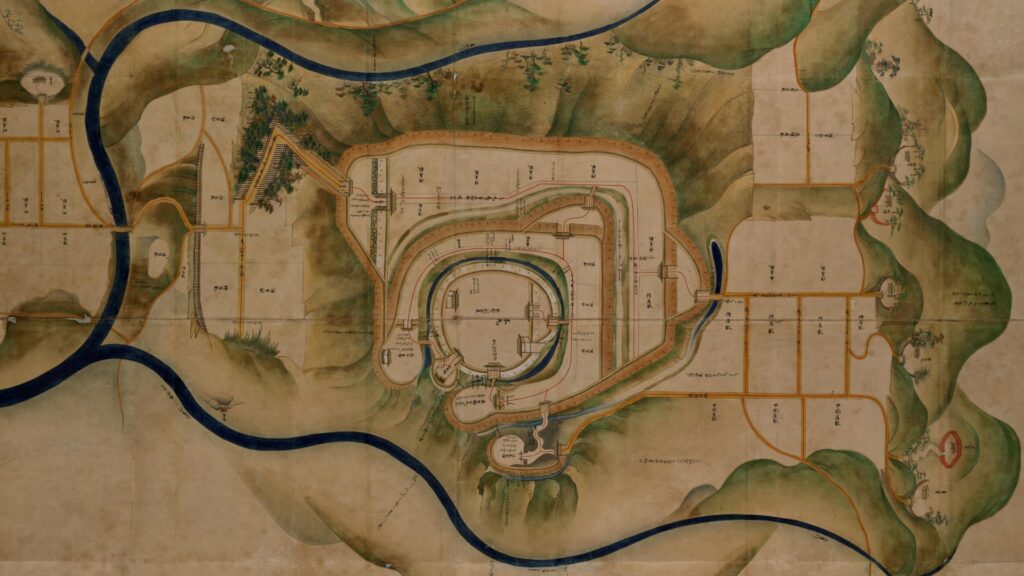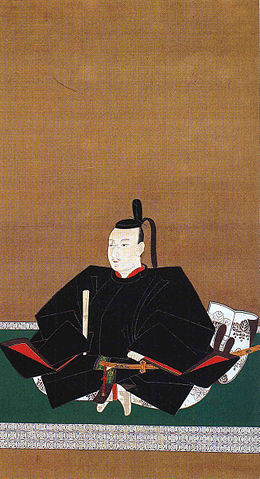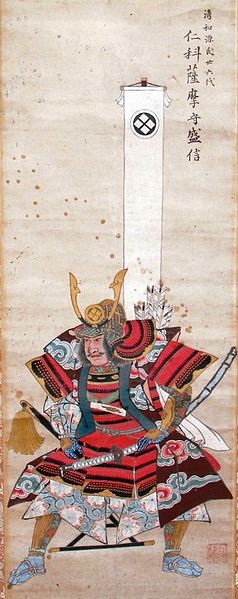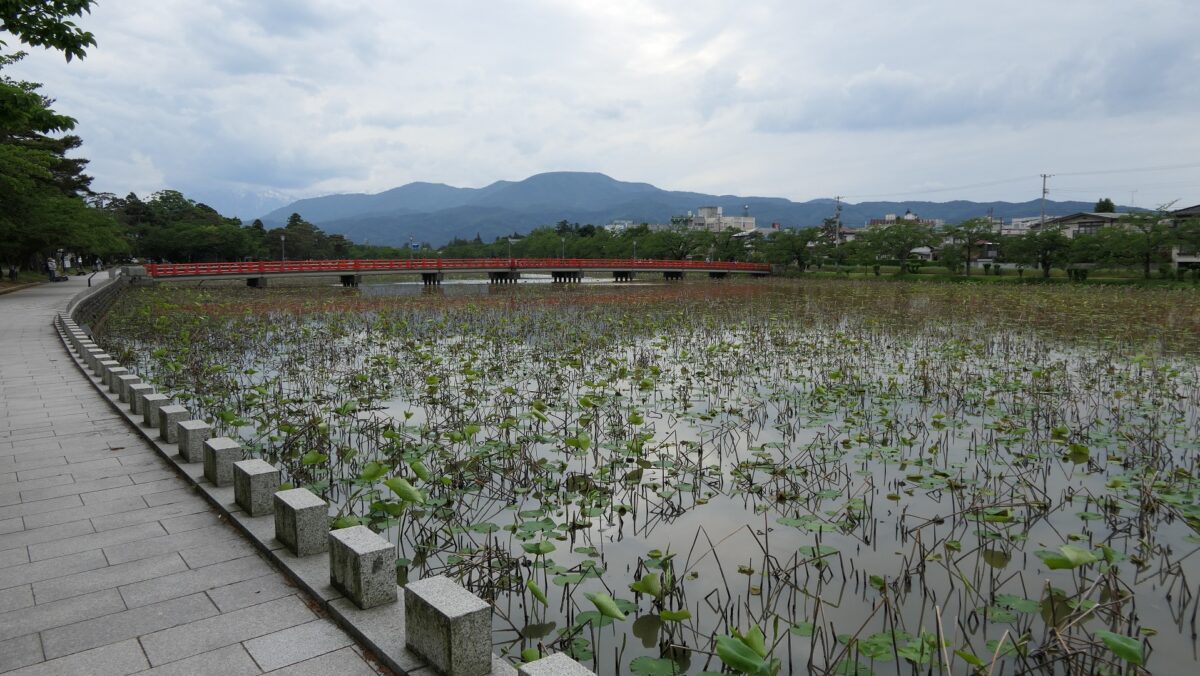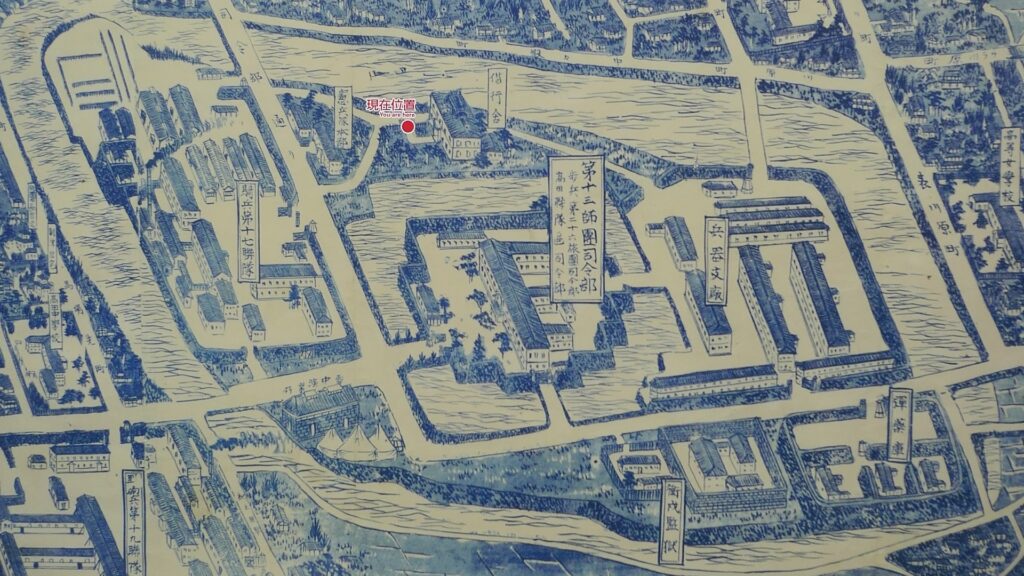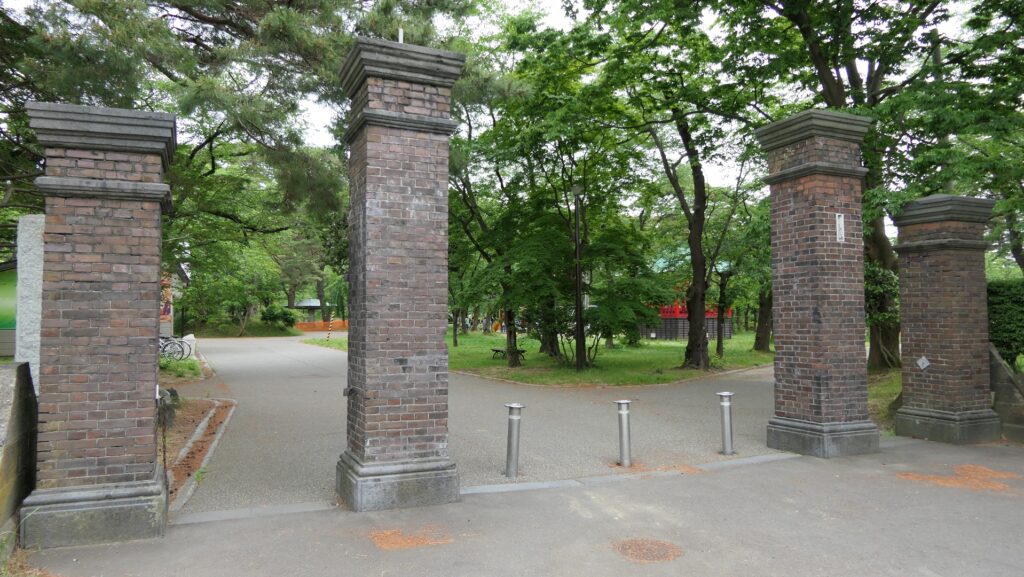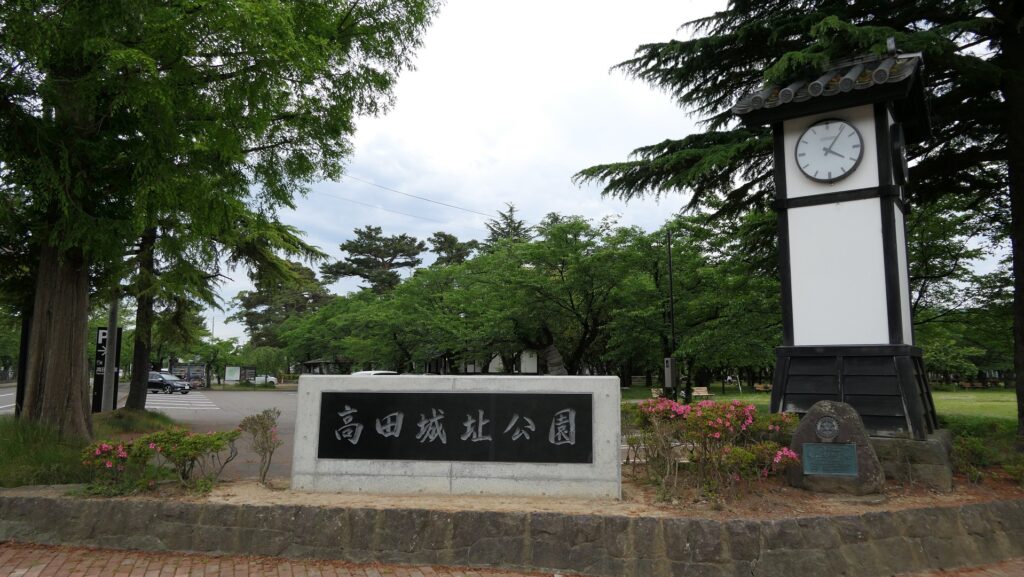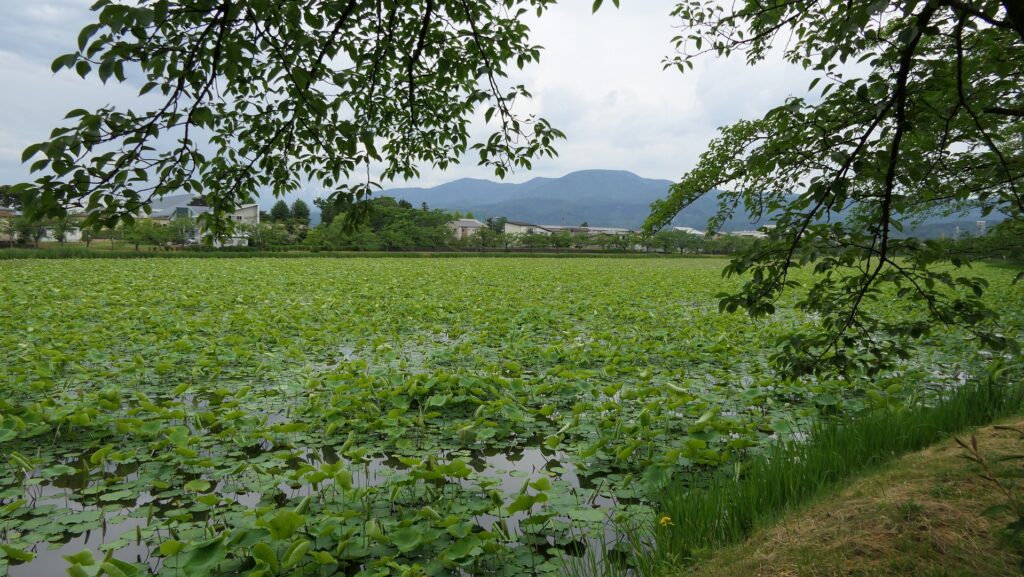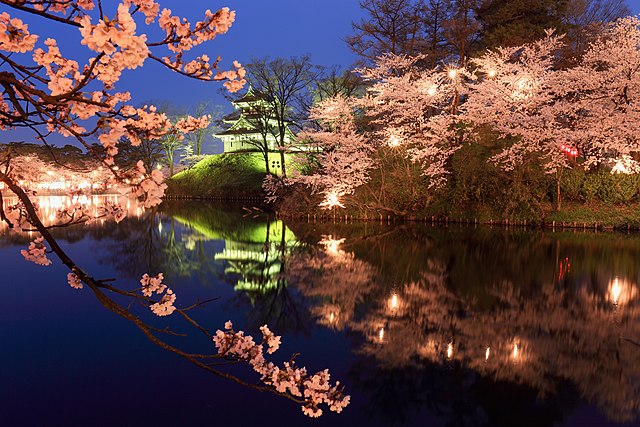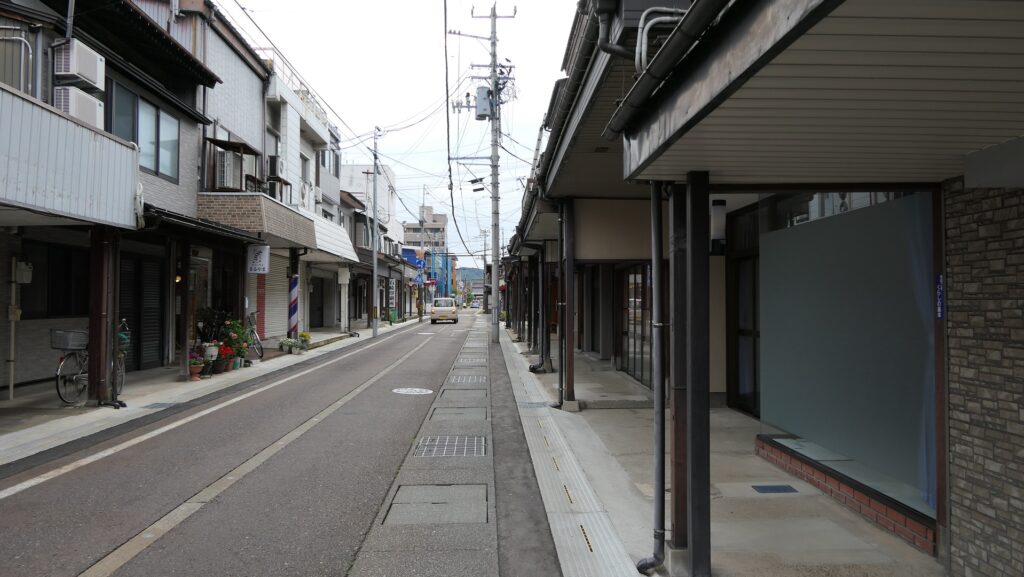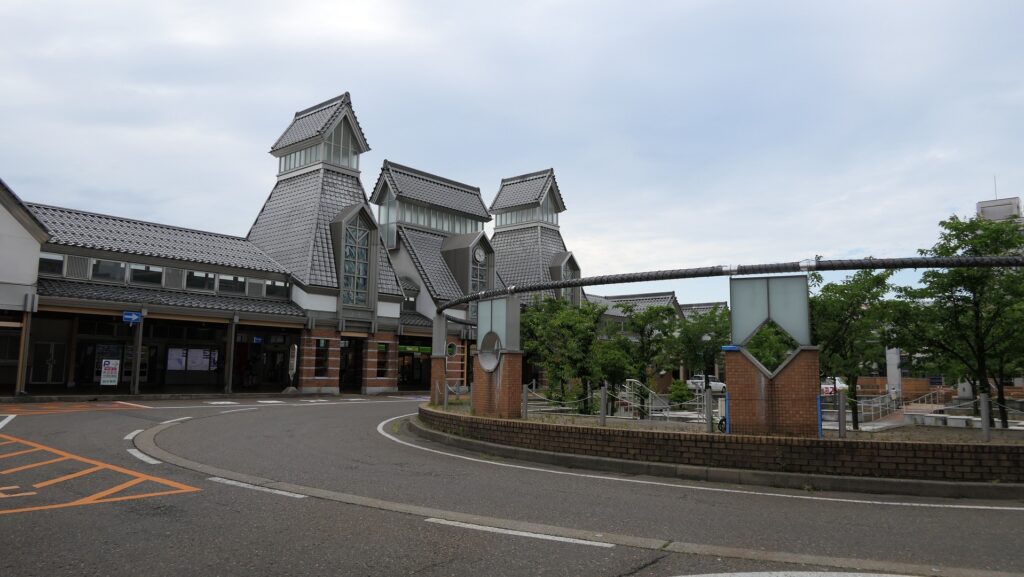Features
Now, the ruins of Takato Castle has become Takato Castle Site Park which is very famous for cherry blossoms. For this reason, the park is crowded with lots of people. There are entrance fees and opening hours during the cherry-blossom season. In contrast, it is silent, free, and always open during the off seasons. This is to control the number of visitors during the peak season, as the park has only two gates in the north and south. So, it is up to you to decide when you would like to visit the park.
The map around the castleRoute to North Gate
The North Gate is the former entrance of the Second Enclosure. If you come from the town area, it would be convenient to use this entrance. After climbing up the slope to the ruins, you will see the stone walls for the Main Gate which was probably built in the Edo Period. The present route goes through the Third Enclosure to the ruins of the Back Gate.

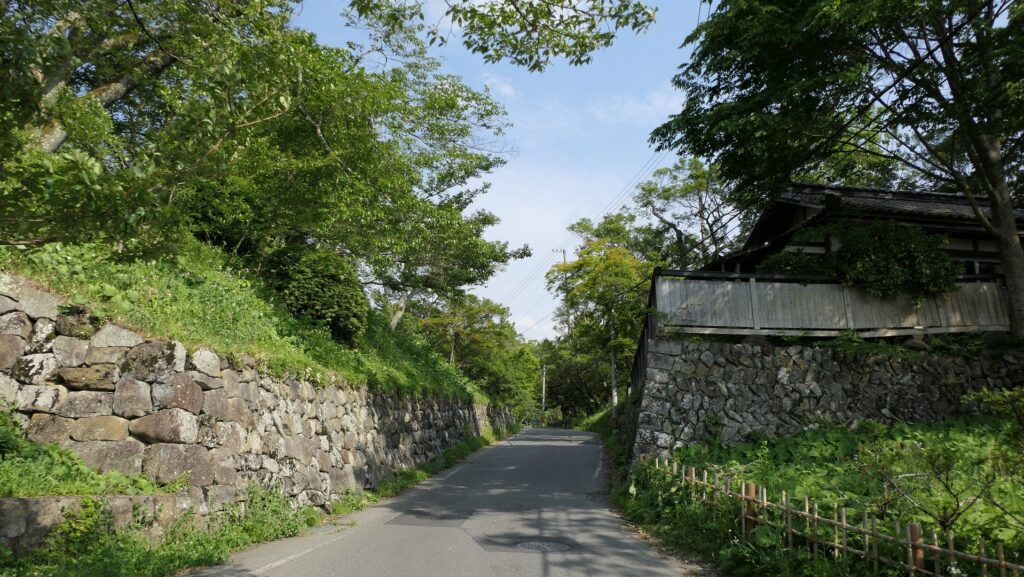
You can see the structure of the Main Gate which was once moved and reduced in scale on the left, but now returned to the present position.

The Third Enclosure still has a building for the Domain School called Shintoku-kan.
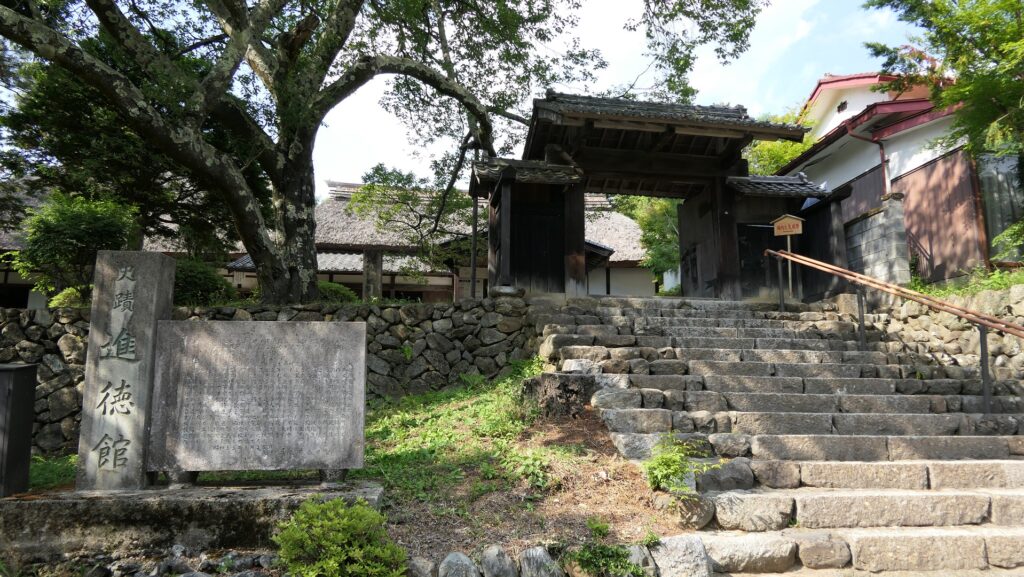
Then you will reach the North Gate behind the Middle Moat. There is a large old rest house for visitors called Takato-taku which was built in 1936 inside the gate.

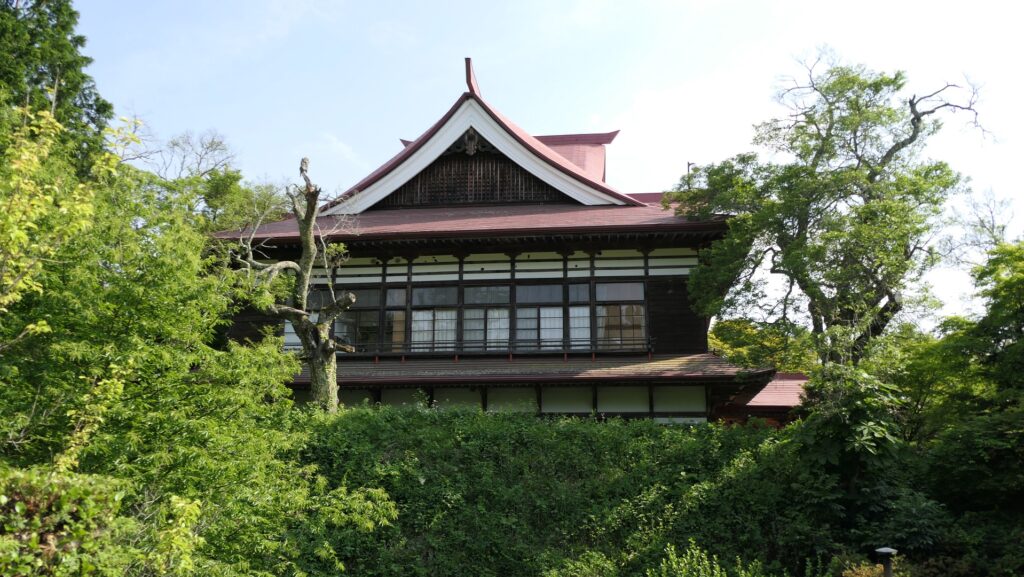
Route through South Gate
The map around the castleThe South Gate is the former entrance of the Hodo-in Enclosure outside the Outer Moat, which was originally a temple. If you come from the Takato Historical Museum, it would be convenient to use this entrance. From the museum, you can look up the ruins and understand how the castle was built using natural materials. The cliff of the mountain was a natural hazard for enemies in the past, but the route to the ruins is developed now.

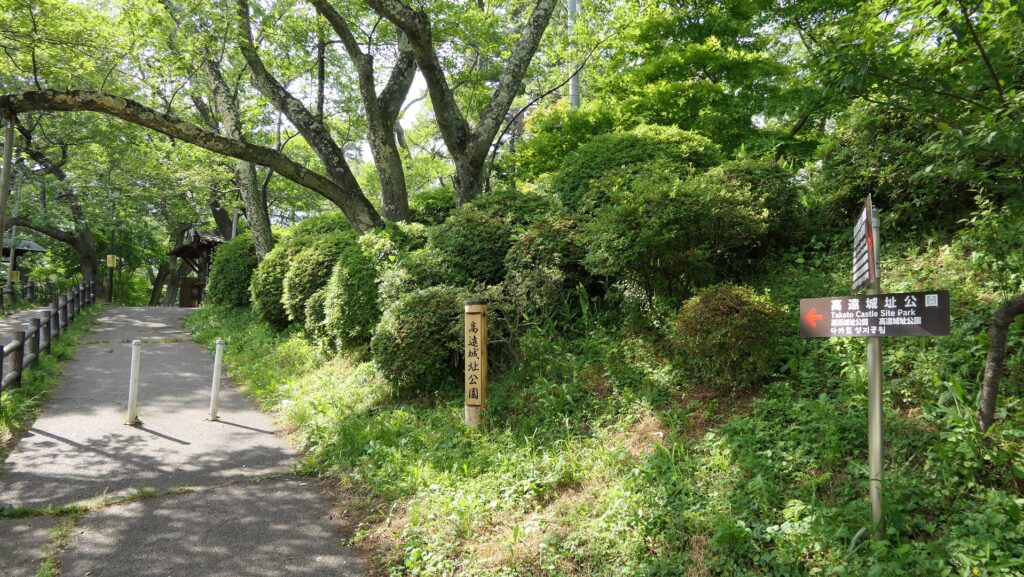
After entering the gate, you will go across a bridge called Hakuto-bashi or the White Rabbit Bridge on the Outer Moat.
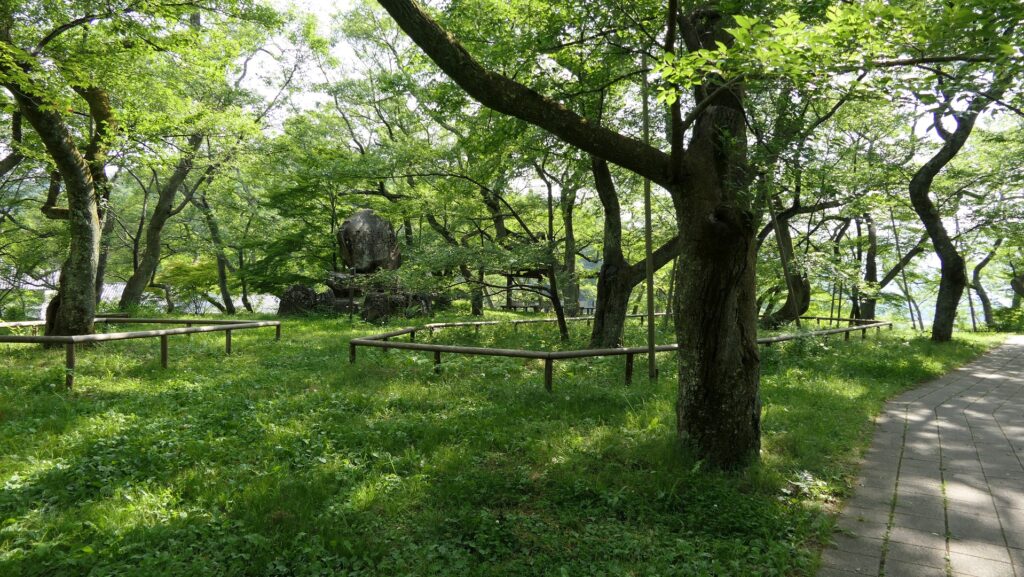

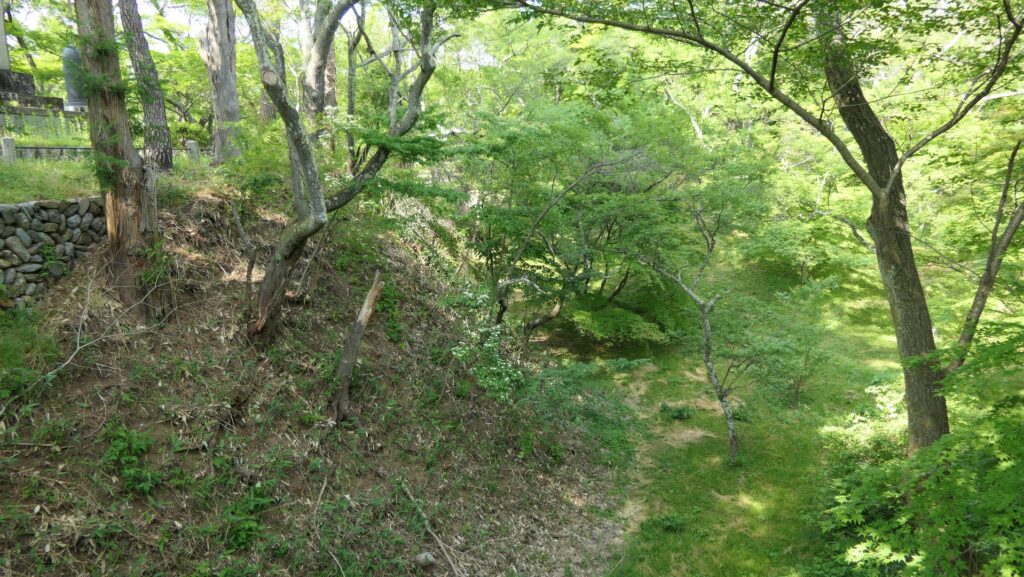
You will also walk from the South Enclosure inside the moat to the Second Enclosure passing another earthen bridge.
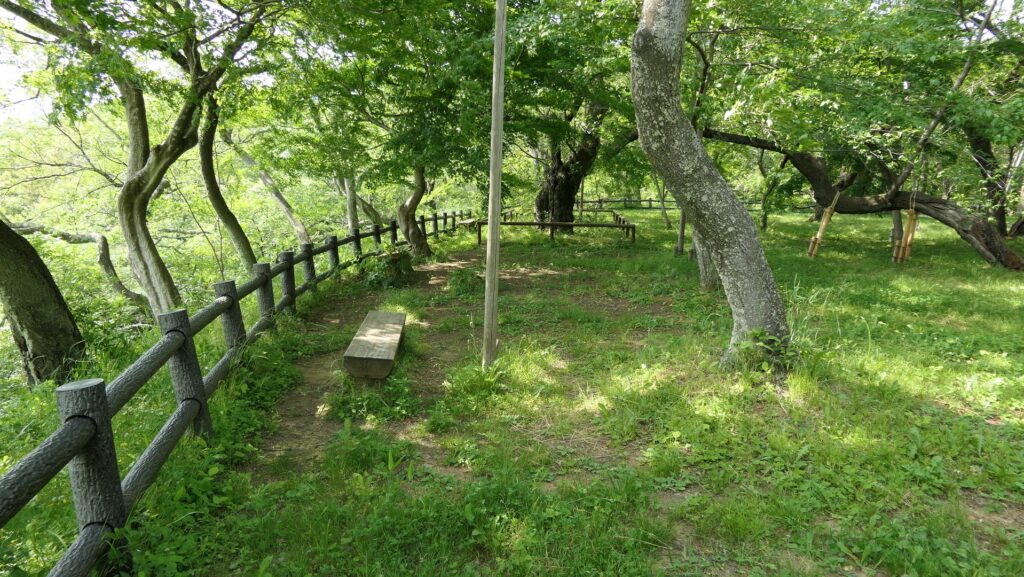

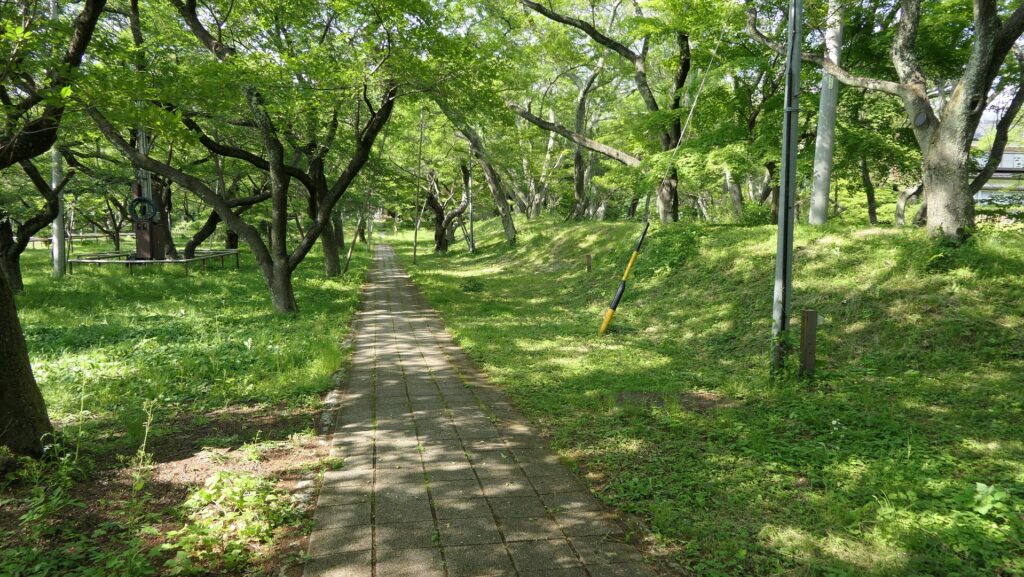
Main Enclosure where Cherry Blossoms will be wonderful
You need to enter the Second Enclosure to reach the Main Enclosure due to the defensive layout. The Main Enclosure is the center of the castle and still surrounded by the Inner Moat. The moat is even deeper now, but mostly dry, so you can stand on the bottom of it.

The Oun-kyo or Cherry Cloud Bridge is in front of the entrance over the Inner Moat. It is said that the spot around them is the best for taking a photo in the cherry-blossom season.
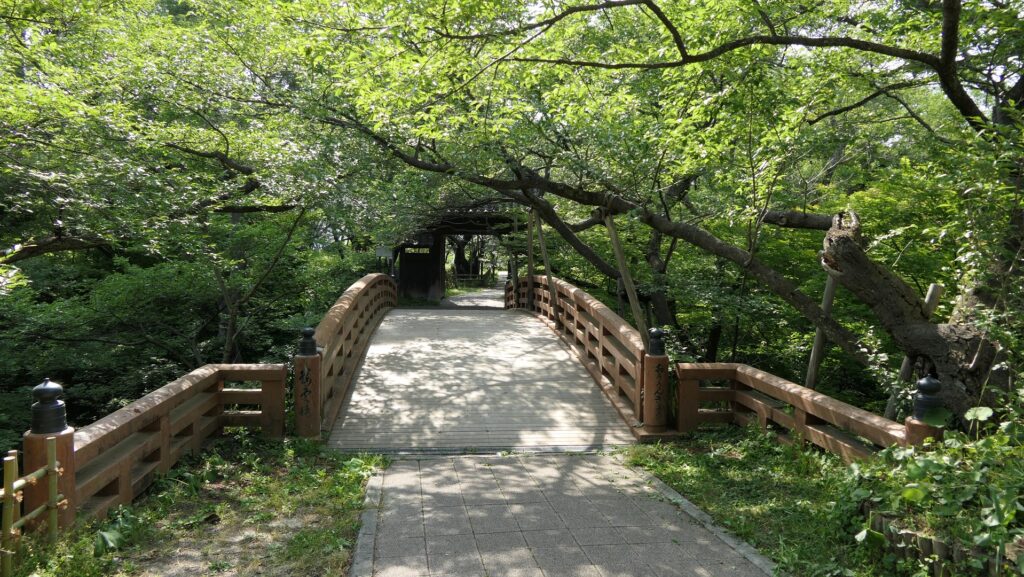
Its entrance gate has a traditional structure called Tonya-mon which was moved from the town area.
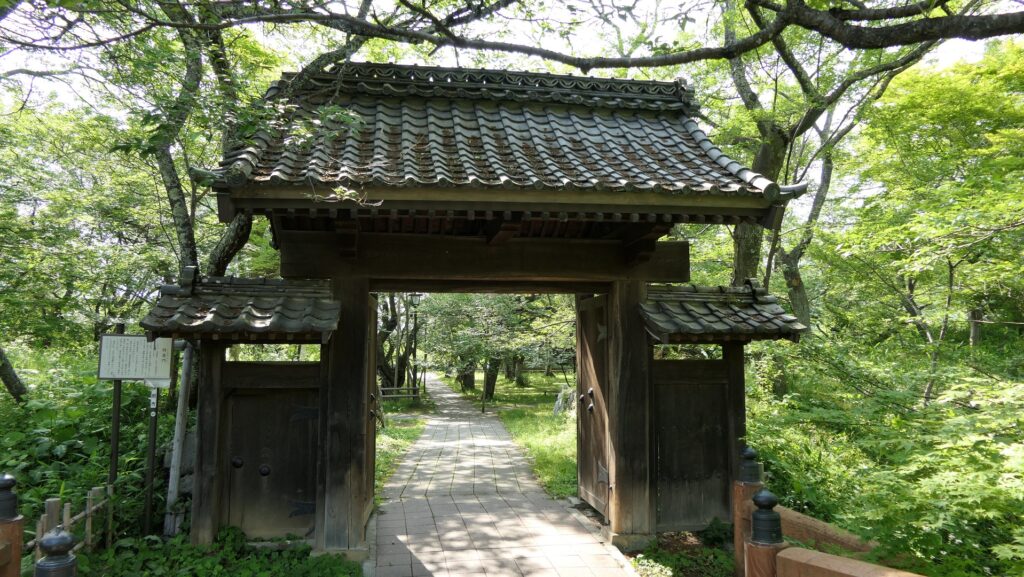
You can see a very good view of the area around from the inside of the enclosure.
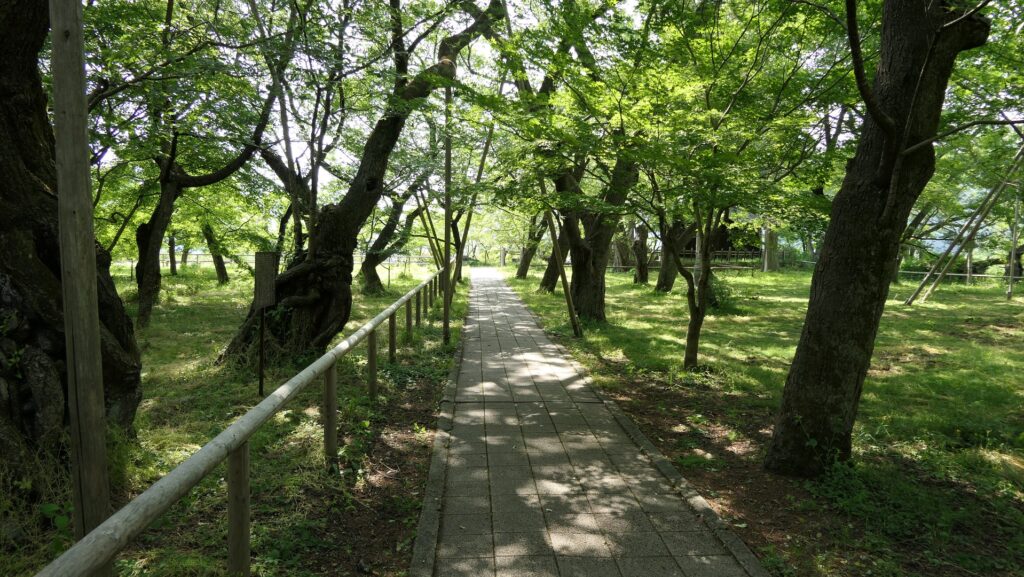
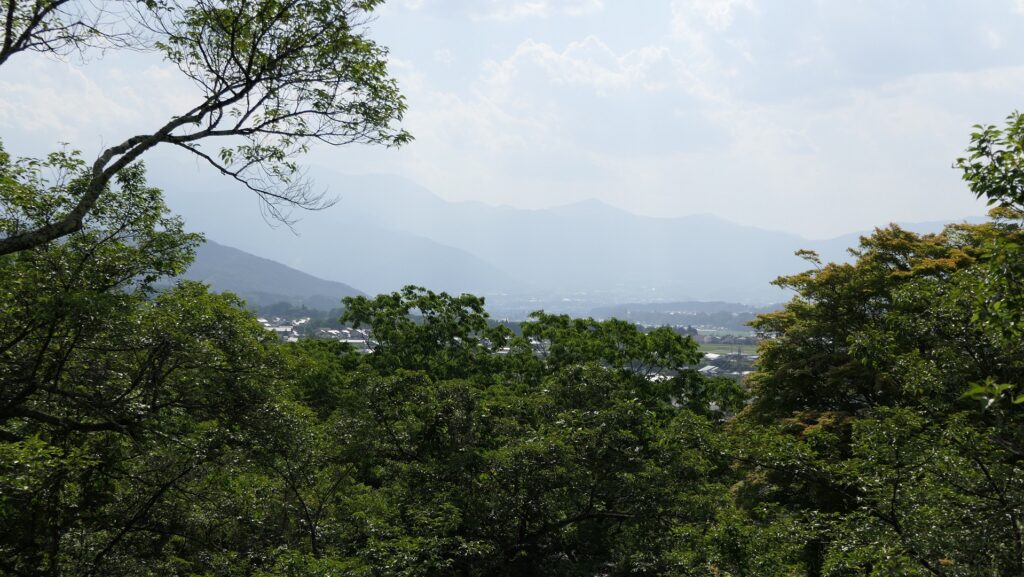
The enclosure has the Taiko Yagura or Drum Turret which was originally built beside the Back Gate letting people know the time. It was moved to the present position in 1877, and rebuilt in 1912.
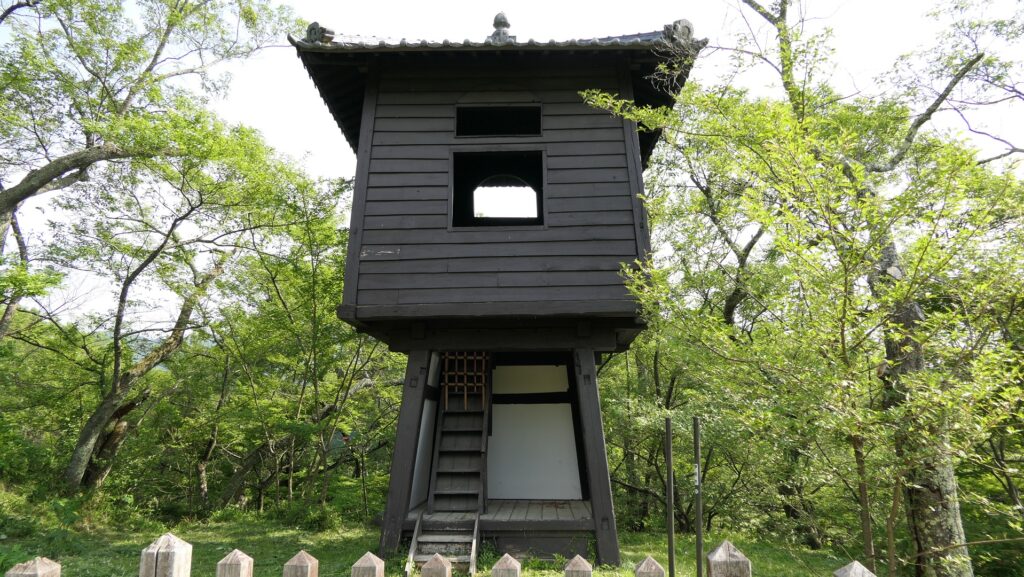
To be continued in “Takato Castle Part3”
Back to “Takato Castle Part1”


